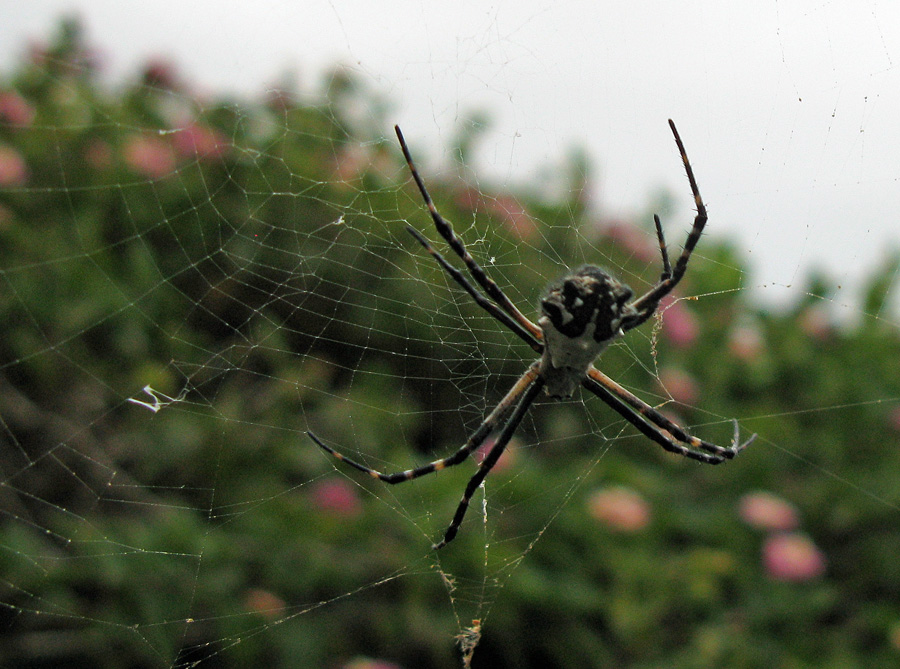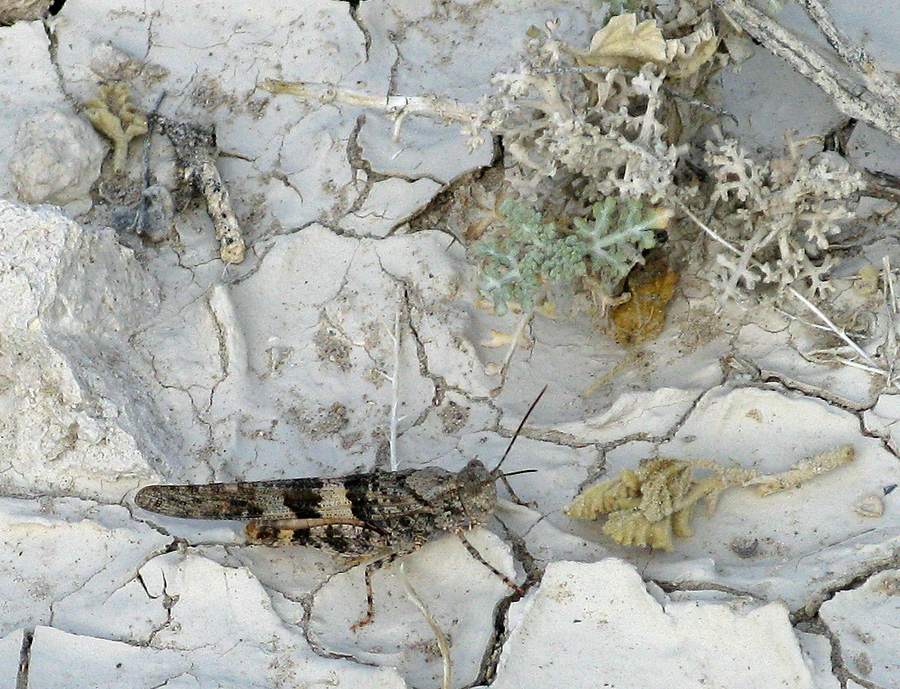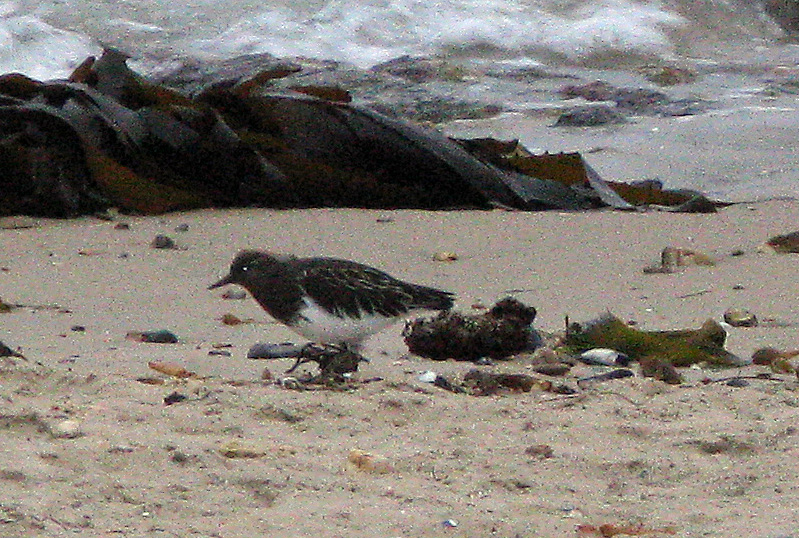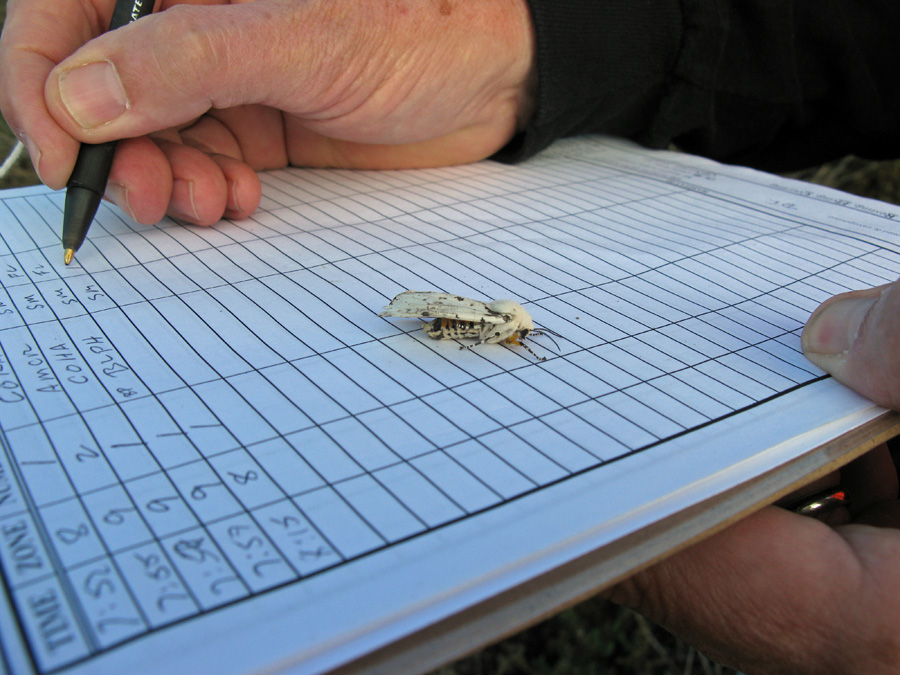October 13th, 2008
There are somewhere over 10,000 different species of moths in North America. Sometimes even the larger ones can go unidentified. Here’s one from Shoreline Park in Mountain View that has as yet resisted efforts at identification:

If anyone recognizes it, please comment.
Unknown Species, genus, and family
Shoreline Park, Mountain View, 2008-05-07
Update
It took a few years but the current (January, 2011) thinking is that this is in the genus Tetracis. Exact species still indeterminate.
Posted in Bugs | 5 Comments »
October 12th, 2008
I’m still trying to make up my mind as to which DSLR to buy. I long ago decided on Canon, and the Rebel’s a little small and a little too low on the megapixels for my tastes. In my price range, that leaves the 50D and the 5D Mark II (or equivalent older models, but I like newer toys. :-) ). The primary difference between these two are:
- The 50D is an APS-C sensor with a 1.6x Field-of-view crop. The 5D is a full 35mm camera.
- The 5D has 21 megapixels vs. 15 megapixels on the 5D.
I like to take pictures of two things: birds and bugs. (For family, friends, and pets I can use a point-and-shoot.) Keeping that in mind what makes sense?
Read the rest of this entry »
Posted in Photography | 5 Comments »
October 11th, 2008

Silver Argiope, Argiope argentata, female
Robert E. Badham Marine Life refuge, Corona del Mar, 2008-10-09
Read the rest of this entry »
Posted in Bugs | 1 Comment »
October 10th, 2008

Pallid-winged Grasshopper, Trimerotropis pallidipennis
Corn Creek, Clark County, Nevada, 2008-09-28
Posted in Bugs | No Comments »
October 9th, 2008
I went back to Robert E. Badham Marine Life Refuge in Corona del Mar tonight after work. Unfortunately I had miscalculated the tides. I knew they’d be two hours away from where they were Tuesday, but I thought they were two hours further away from high tide and instead they were two hours closer to it. In fact,when I got there around 5:45 it was pretty damn close to high tide. I almost didn’t bother walking down from the street to the beach, but I scoped it and fortunately there were still a few birds hanging out including many Western and Hermann’s Gulls. There also appeared to be a few good shorebirds down there: some turnstones and plovers and what not.
When I reached the bottom, I found a couple of dozen Brandt’s Cormorants settling in for the night, a lone Black Phoebe, and small numbers but good variety of shorebirds: about five Black Turnstones, one Ruddy Turnstone, a Willet or two, one Sanderling, and one juvenile Black-bellied Plover. But it was while I was watching about four Black Turnstones in the flotsam, that I noticed one larger bird picking through the seaweed.
At first I thought it was another Surfbird like Tuesday’s, but the bill was much too long. A quick check of the field guide and I realized it must be the elusive Wandering Tattler, #446! It had a thin eye ring and a barely discernible white eyeline. The patterning was right, and although it was hard to make out in the fading light, through the scope you could just tell that legs were a pale yellow.
It was way too dark to get photos of this bird with my 4X point-and-shoot, but I did manage to get some photos of the Black Turnstones that I missed taking on Tuesday when I forgot my camera:

I’m going to have to try this site again at low tide and in brighter light. There are several other spots to the south I also want to check out. Wandering Tattler was the last local shorebird I could reasonably expect, but the winter gulls should be coming in soon too, and possibly some near-shore pelagic birds like shearwaters and jaegers.
Posted in Birding | No Comments »
October 6th, 2008

Saltmarsh Moth – Hodges#8131 (Estigmene acrea)
Brookhurst Marsh, Huntington Beach, 10-04-2008
Bill Butler found this sleepy fellow (gal?) on this past weekend’s bird census. I’ve seen the caterpillar of this species before, but this is the first time I’ve seen the adult.
Read the rest of this entry »
Posted in Bugs | No Comments »





